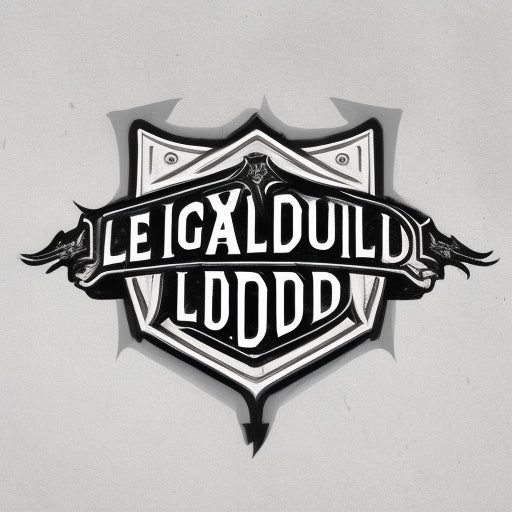
Robotic companions
Share
A short and long history on the robotic pet's like the Sony aibo, pleo the robot dinosaur by merlin digital etc.. And on the new models like the miko AI that can help young learners IN STEM
Short History:
Robotic pets have been around for a few decades, starting with the Sony Aibo in 1999. The Aibo was a robotic dog that could perform basic commands and interact with its owner. Other companies, such as WowWee and Tiger Electronics, followed suit with their own robotic pets, including dogs, cats, dinosaurs, and even insects. These toys were popular among children and adults who wanted a low-maintenance pet.
In recent years, new advancements in artificial intelligence (AI) and robotics have allowed for more advanced robotic pets. Companies like Anki and WowWee have released robots with personalities and the ability to recognize faces and voices. These robots can perform tasks, play games, and even teach children about coding and STEM subjects.
Long History:
The concept of robotic pets dates back to the 1990s, with early examples like Furby and Tamagotchi. These toys were popular among children and adults who wanted a virtual pet that required little maintenance.
In 1999, Sony released the Aibo, which was an advanced robotic pet that could recognize faces, voices, and perform basic commands. The Aibo sold well but was expensive, costing upwards of $1,000.
Other companies soon followed suit, including Tiger Electronics and WowWee, with their own robotic pets. These toys ranged from dogs and cats to dinosaurs and insects and were popular among children and adults alike.
Pleo is a robotic pet dinosaur created by Ugobe, a company founded by Caleb Chung and Bob Christopher. The idea for Pleo came to Chung after he created Furby, another popular robotic toy.
The development of Pleo began in 2004 and involved a team of engineers, designers, and biologists. The team aimed to create a robotic pet that was capable of exhibiting lifelike behaviors and emotions.
In 2006, Ugobe unveiled Pleo at the Demo conference in Phoenix, Arizona. The robot was a hit and generated a lot of buzz among consumers and investors.
Pleo was released to the public in 2007 and quickly became a popular toy among children and adults. The robot was praised for its realistic movements, sounds, and behaviors, which made it feel like a real pet.
However, Ugobe struggled financially and filed for bankruptcy in 2009. The company's assets were acquired by Jetta Company Limited, a Hong Kong-based toy manufacturer.
Jetta continued to produce and sell Pleo, releasing new versions of the robot via Merlin AI with updated features and technology. In 2017, the company announced that it would be discontinuing Pleo due to declining sales and increased competition from other robotic toys.
Despite its short lifespan, Pleo remains a beloved and innovative toy that paved the way for the development of more advanced robotic pets.
In recent years, advancements in AI and robotics have allowed for even more advanced robotic pets. Companies like Anki and WowWee have released robots with personalities and the ability to recognize faces and voices. The Anki Cozmo and Vector, for example, can perform tasks, play games, and even teach children about coding and STEM subjects.
One of the newest and most exciting robotic pets is the Miko AI robot. Miko is designed specifically for children and can help younger learners with their studies, including STEM subjects. Miko can answer questions, teach basic coding, and even play games with children to reinforce their learning. The robot is also equipped with advanced AI, which allows it to recognize faces, voices, and personalize the experience for each child using it.

Overall, technological advancements have led to more advanced and interactive robotic pets, with the potential to teach and entertain children and adults alike.
https://www.pleoworld.com/pleo_rb/eng/press_release.php?nid=37












